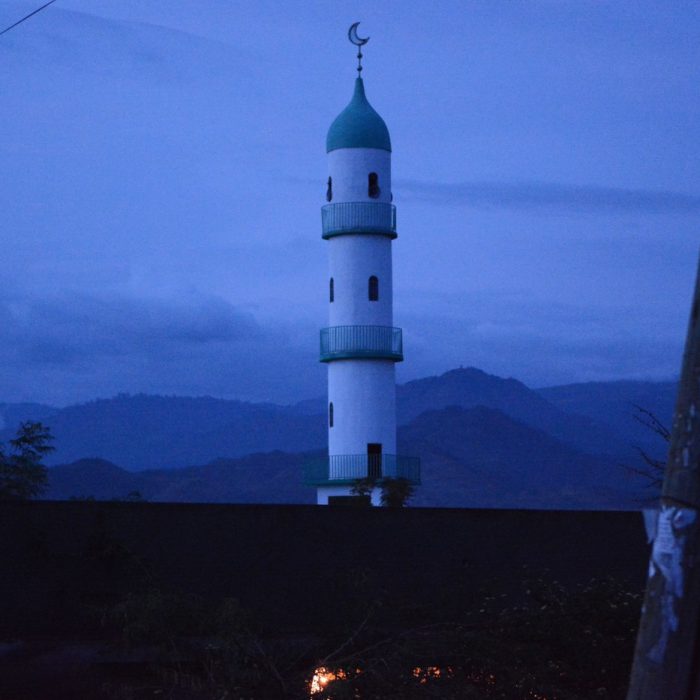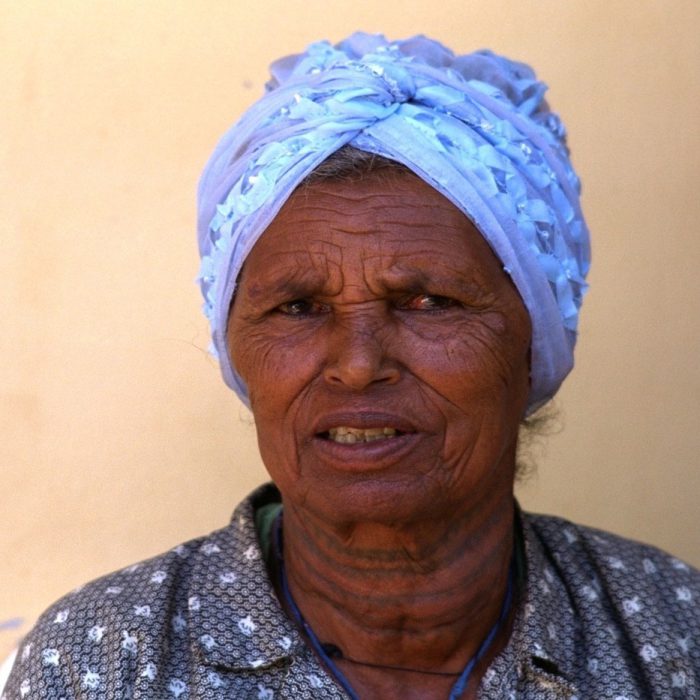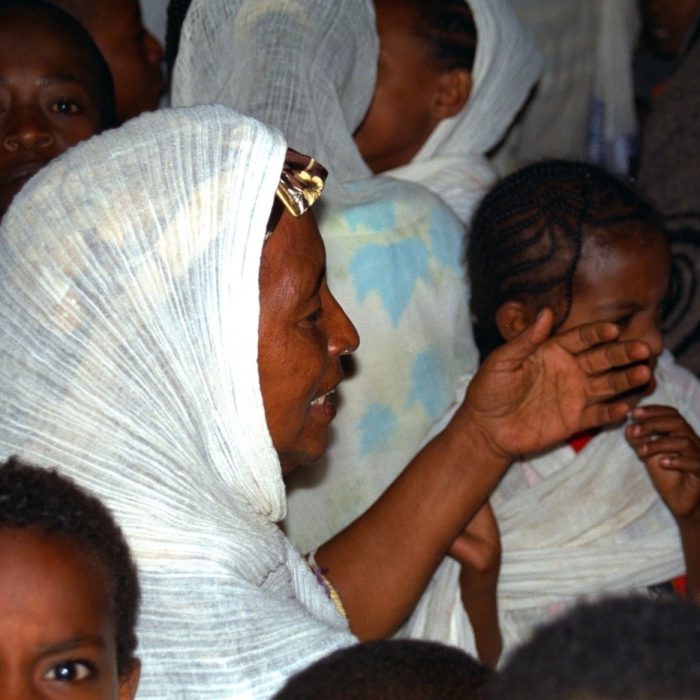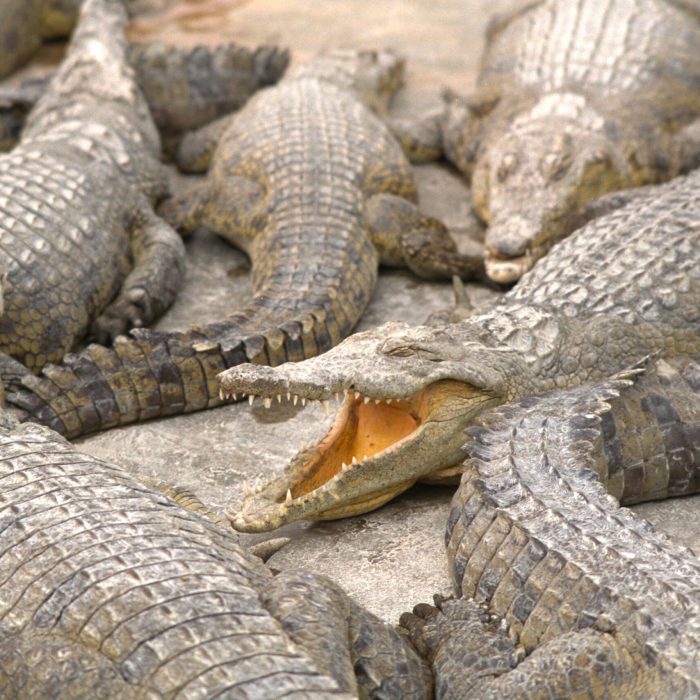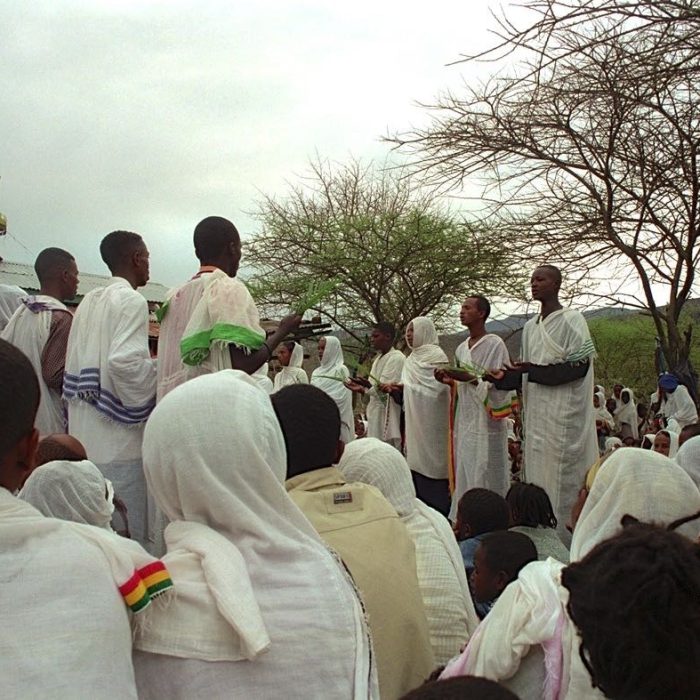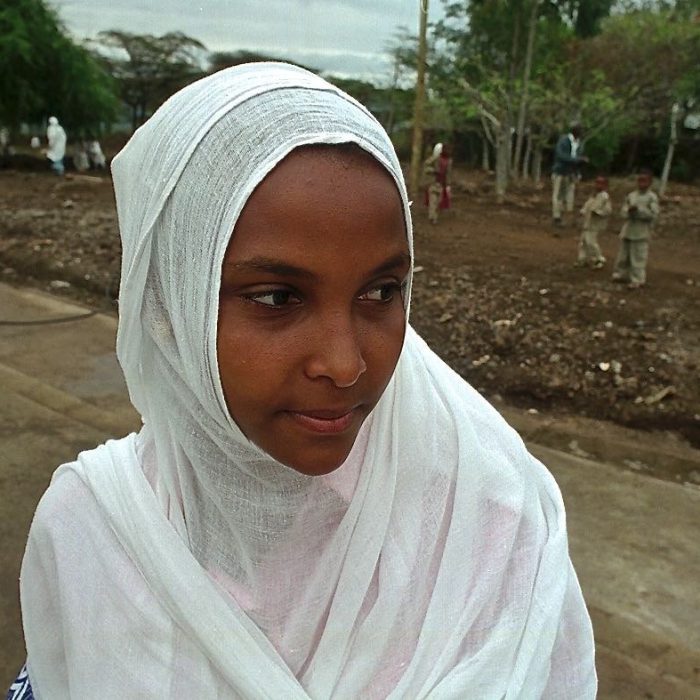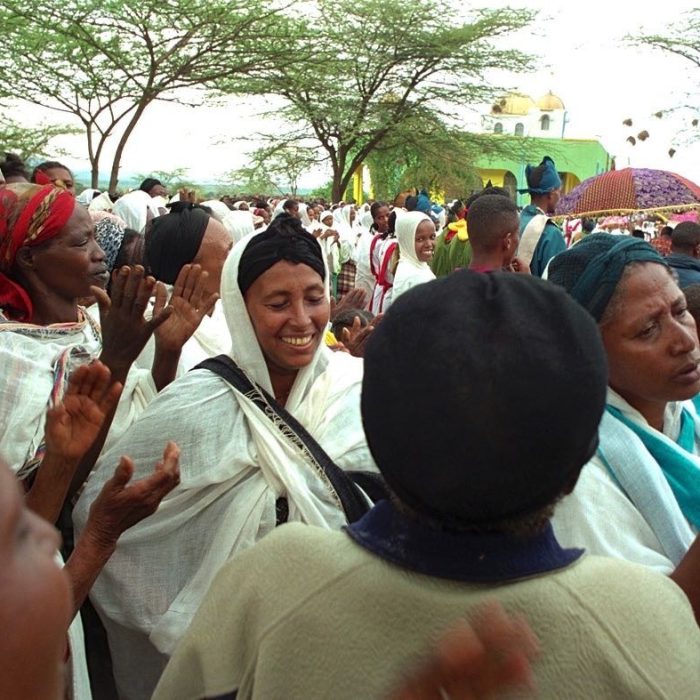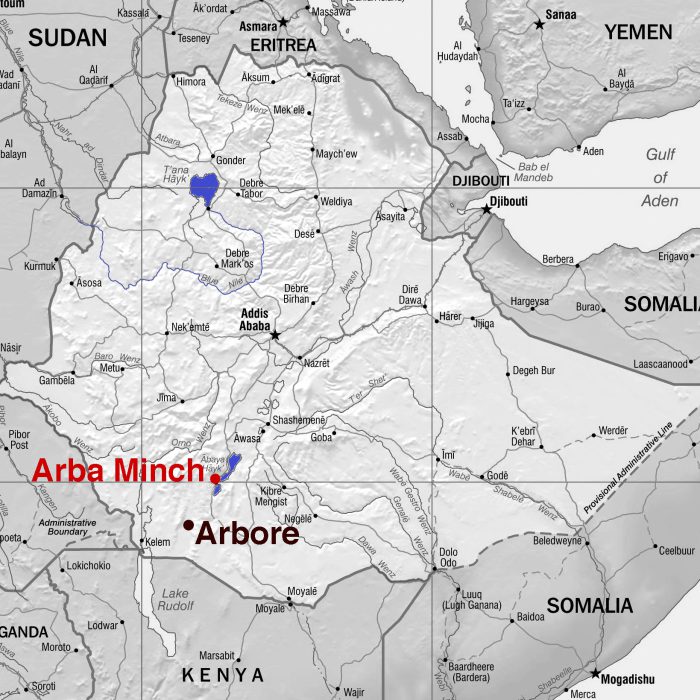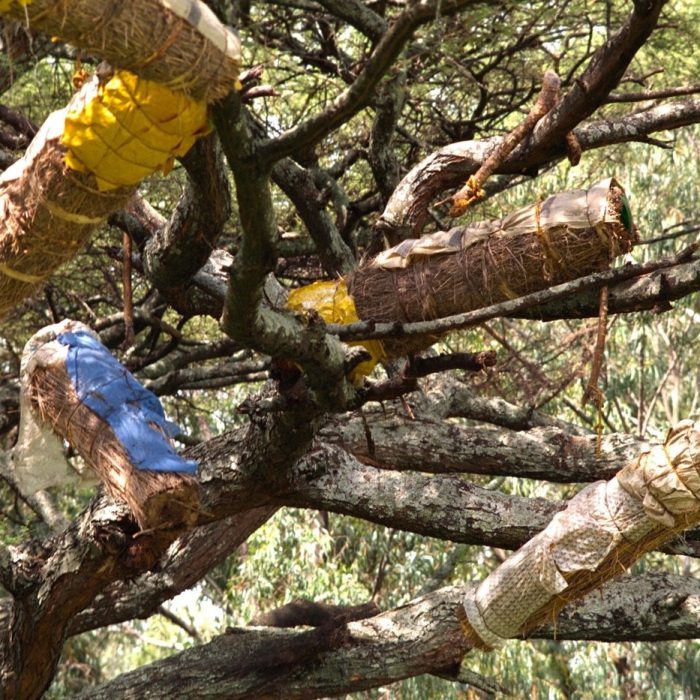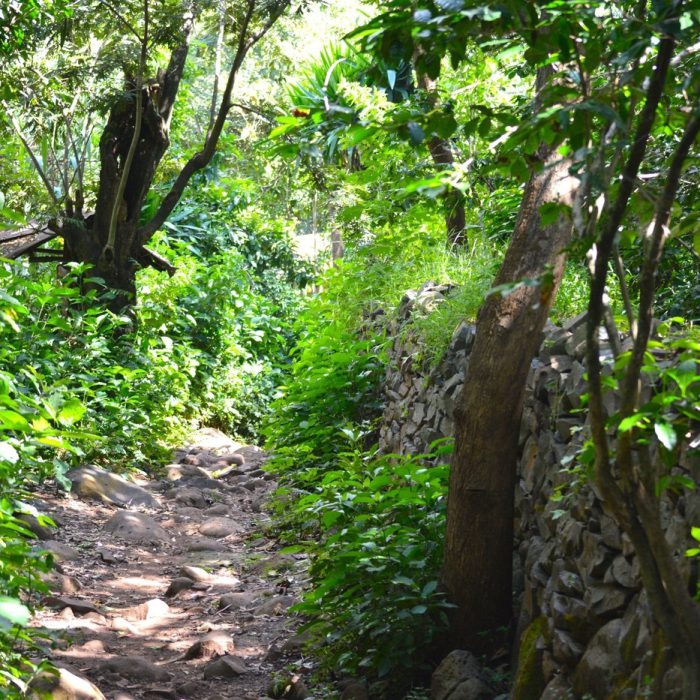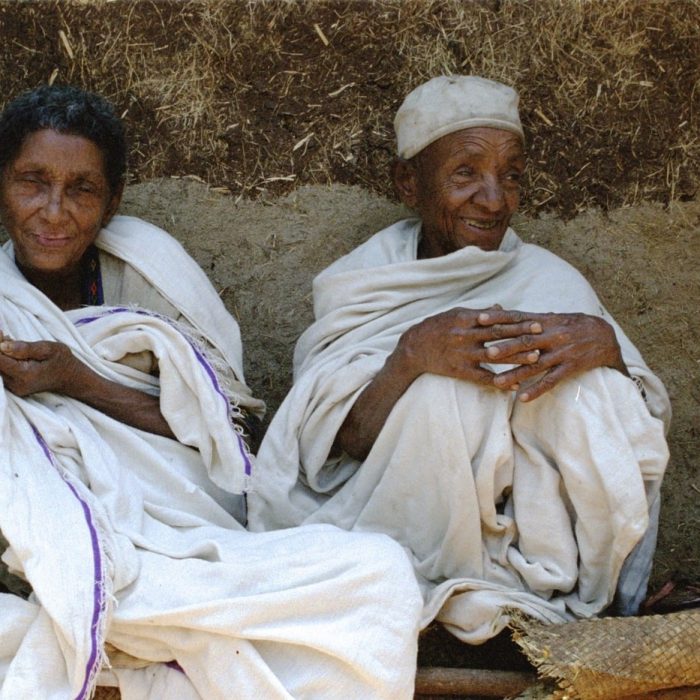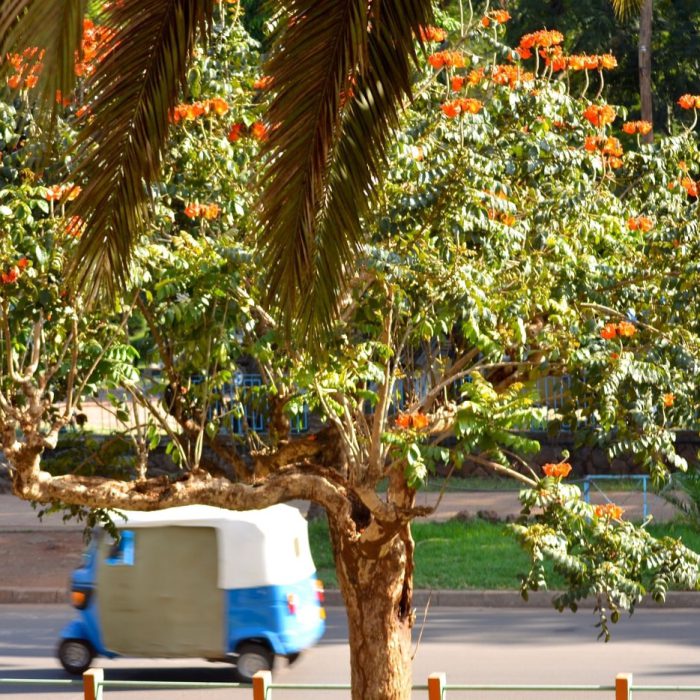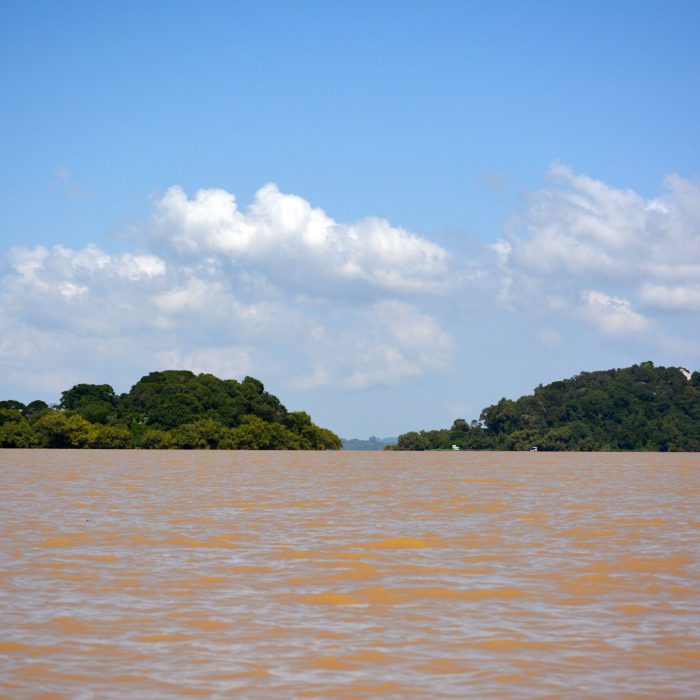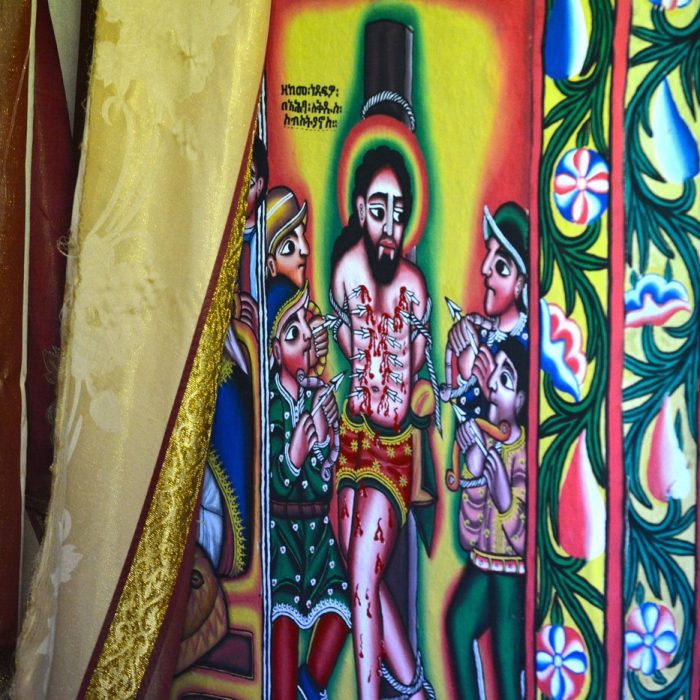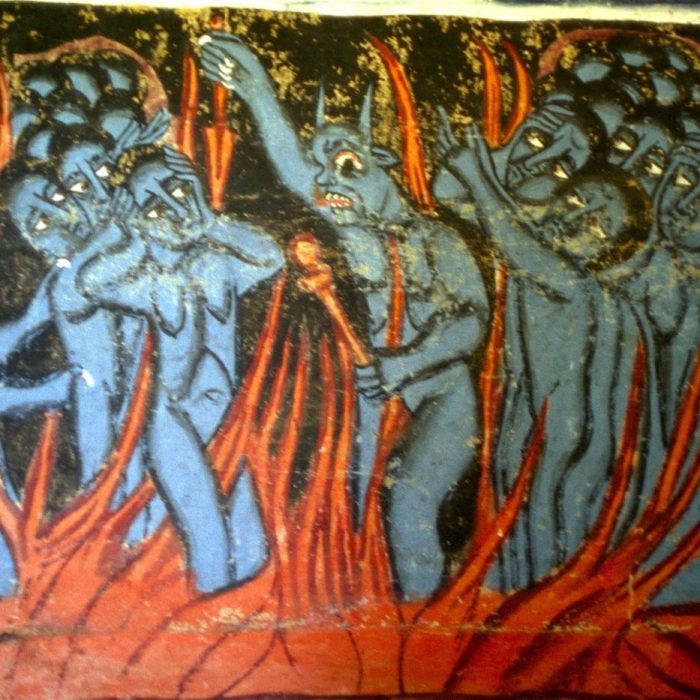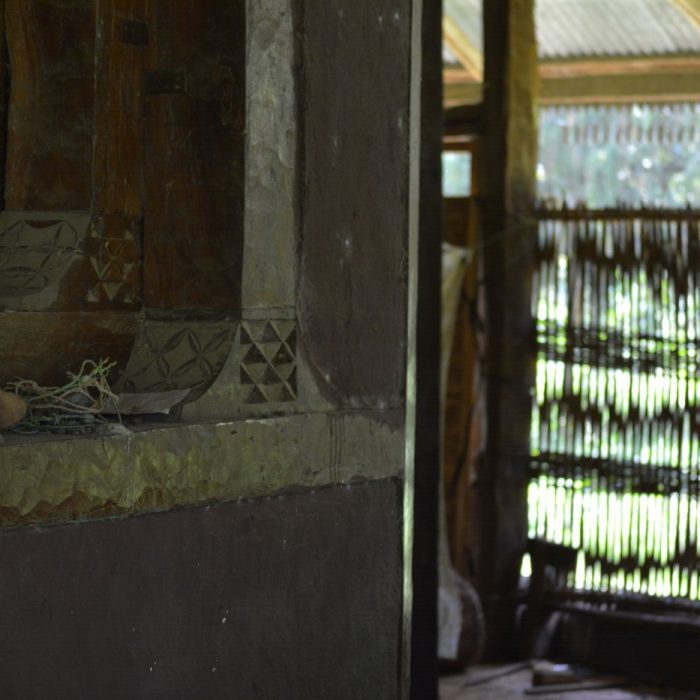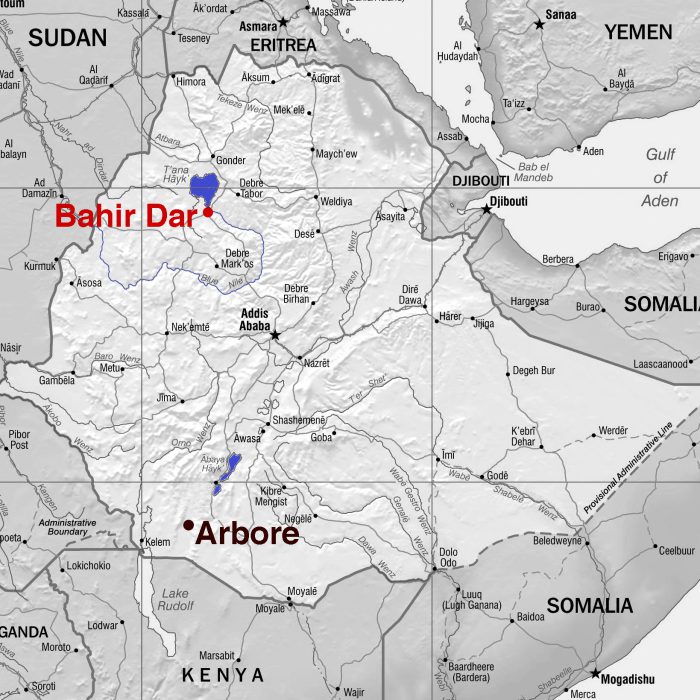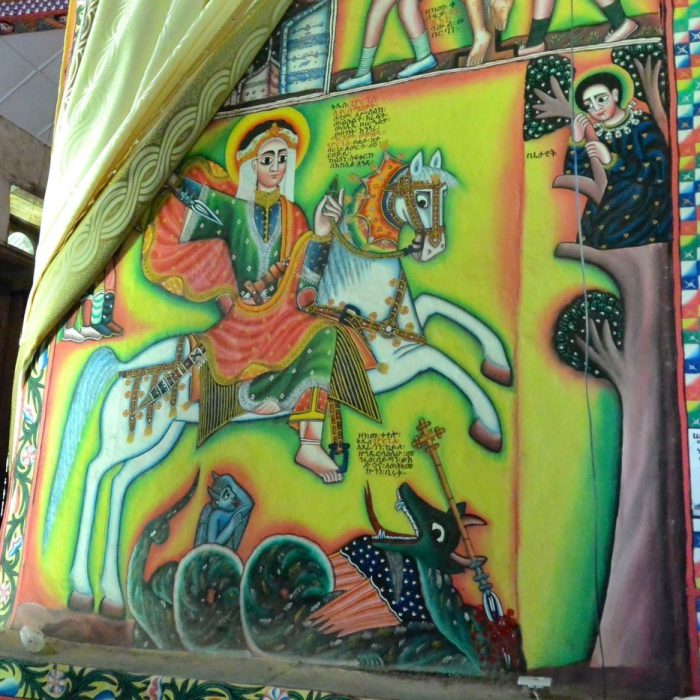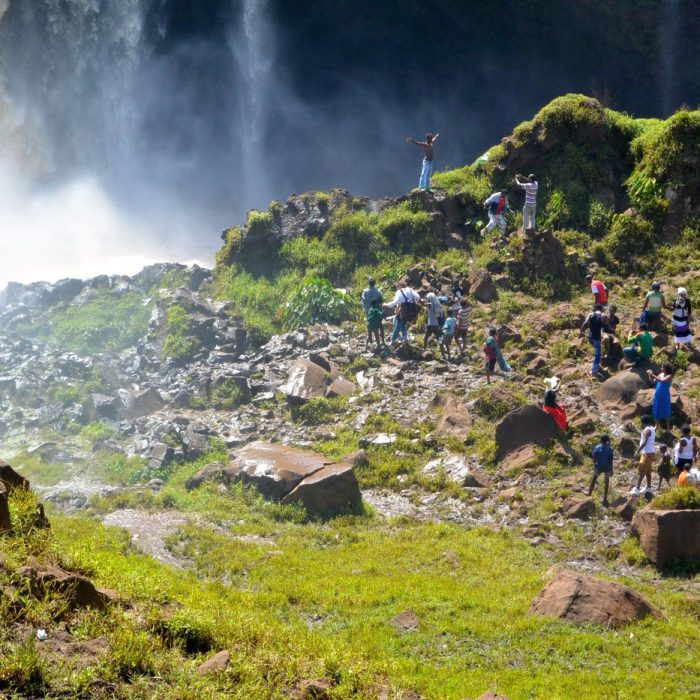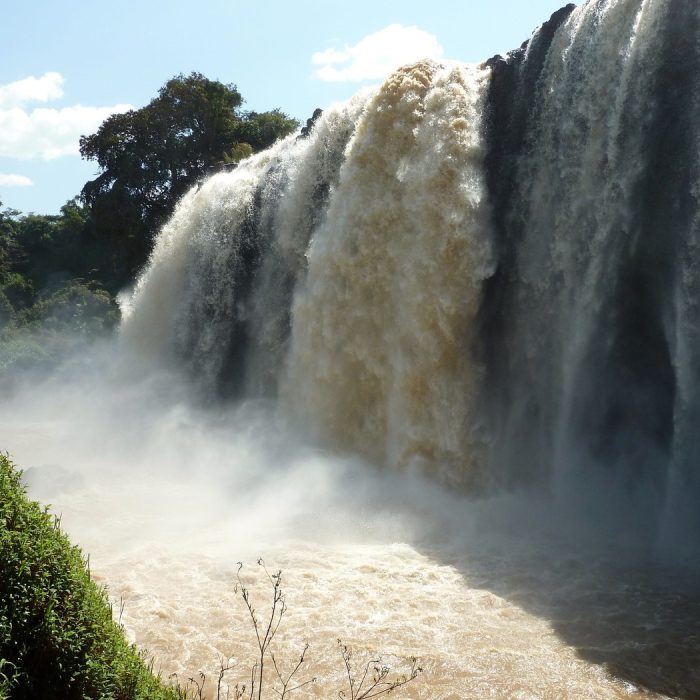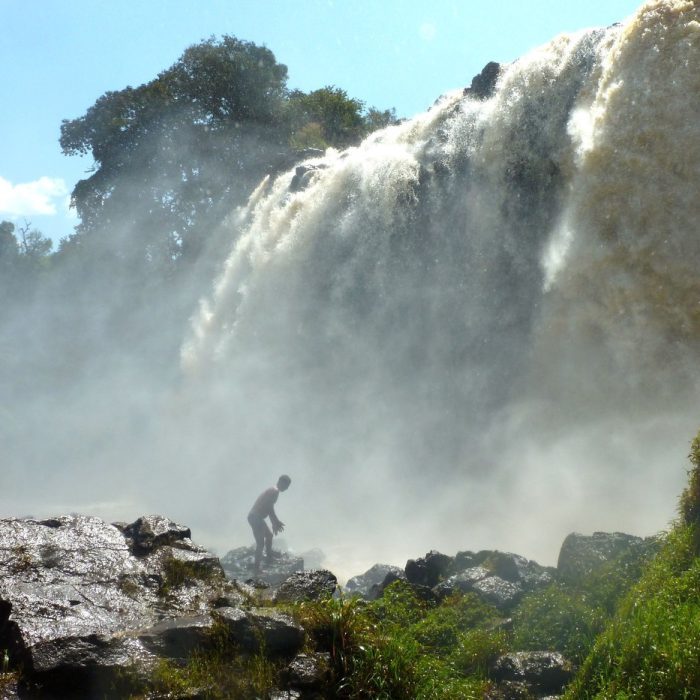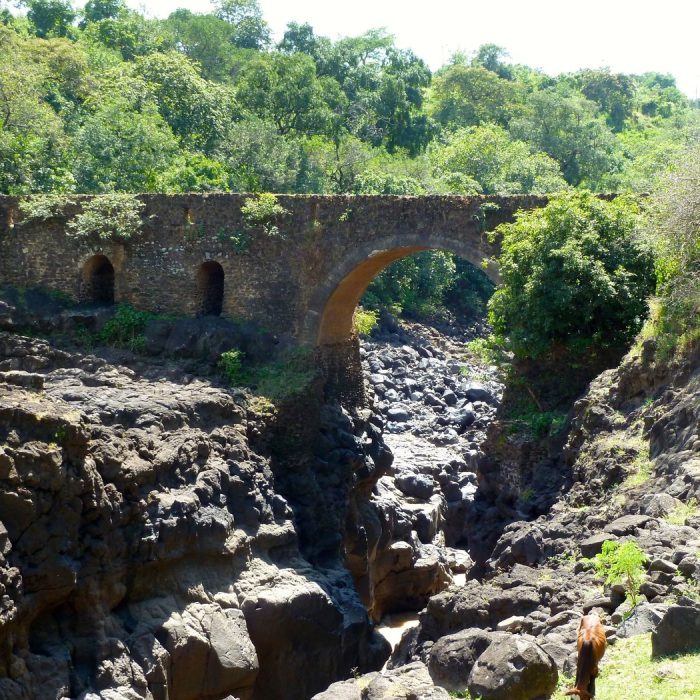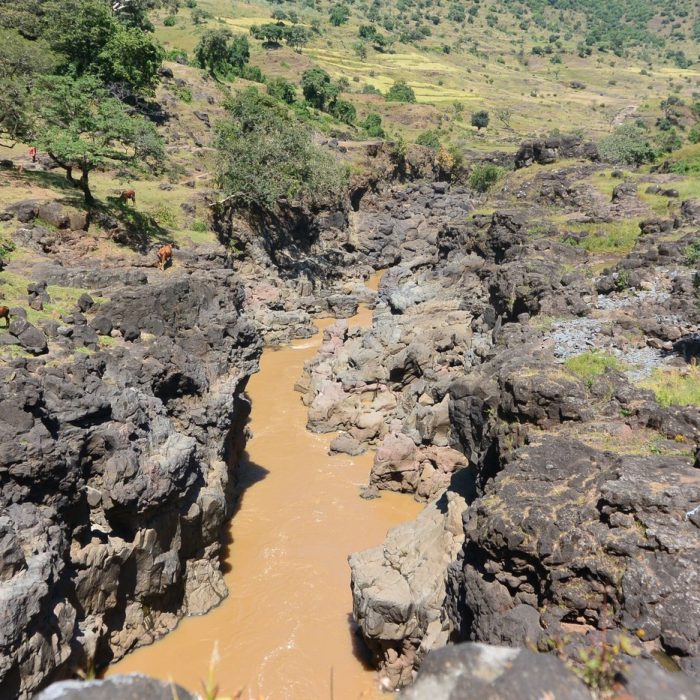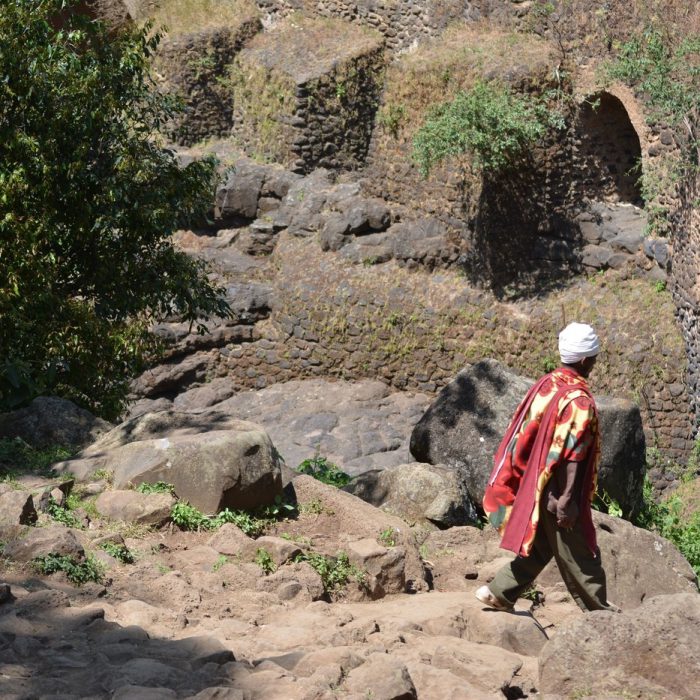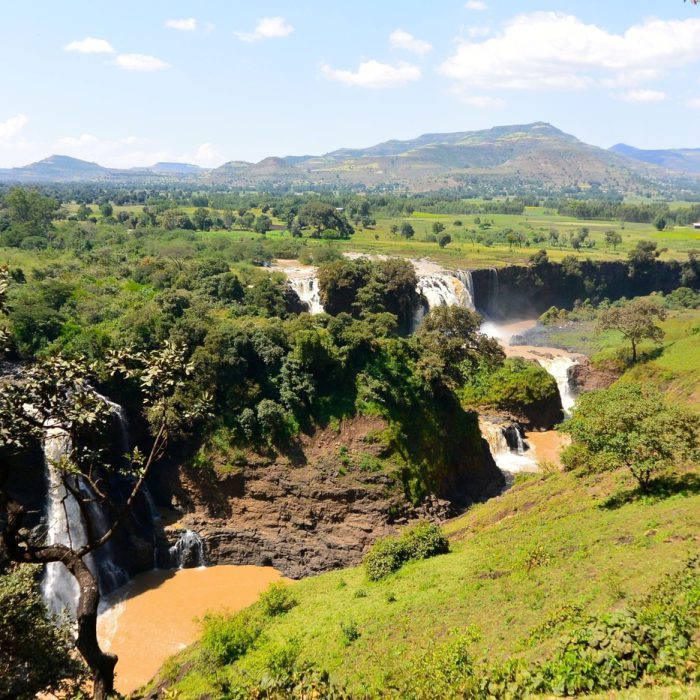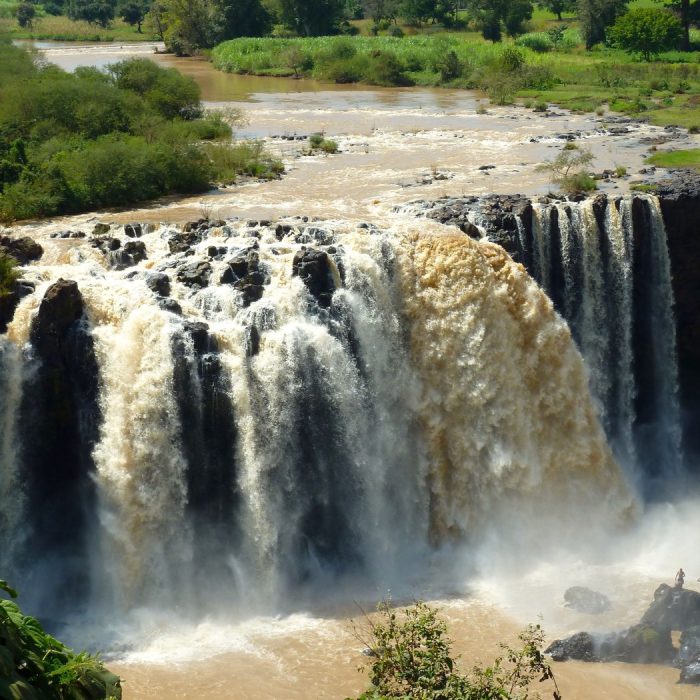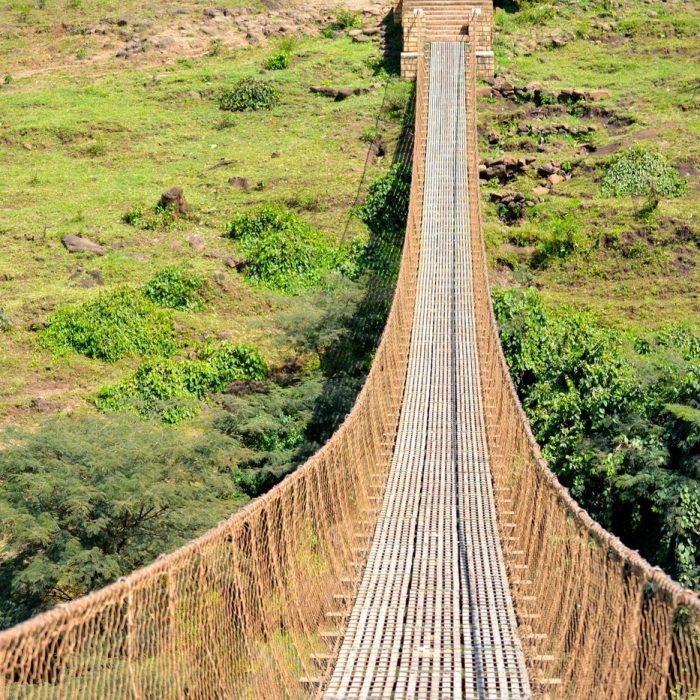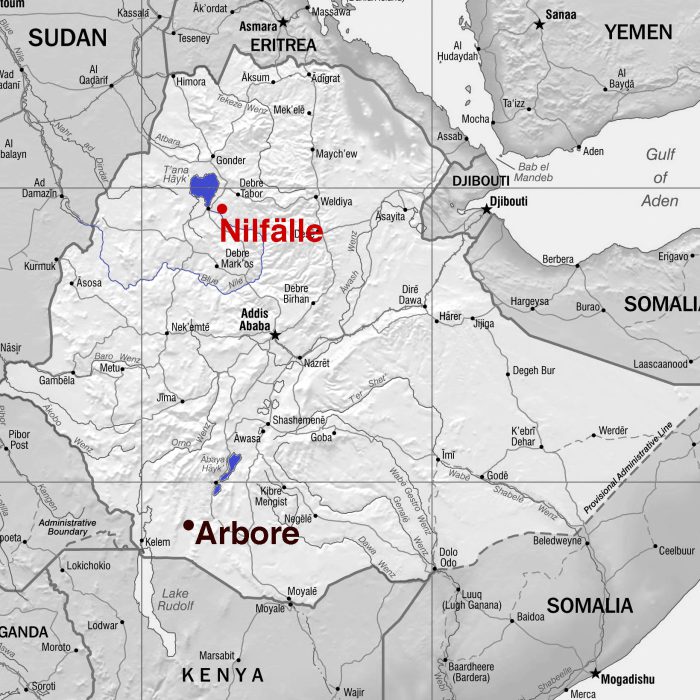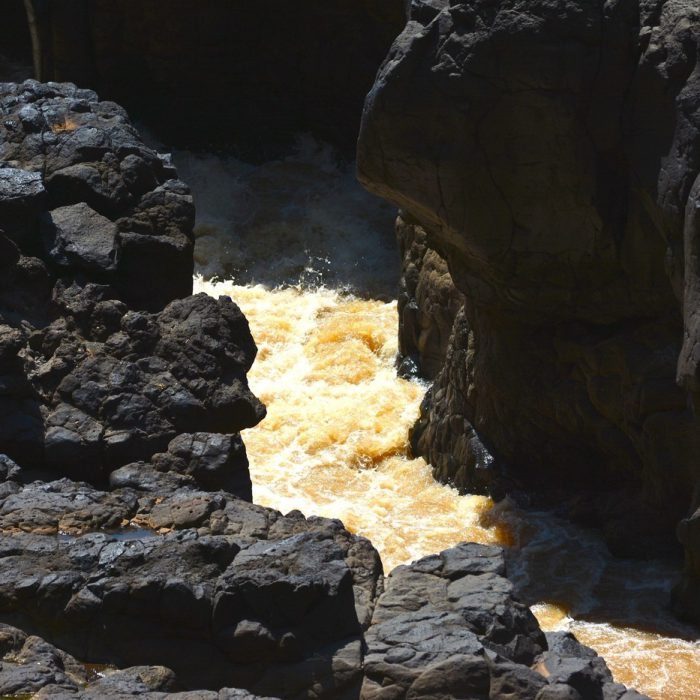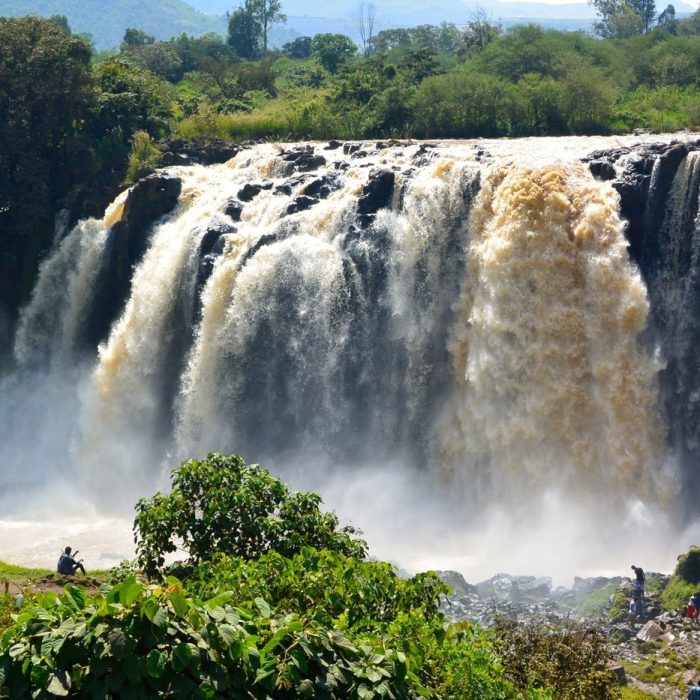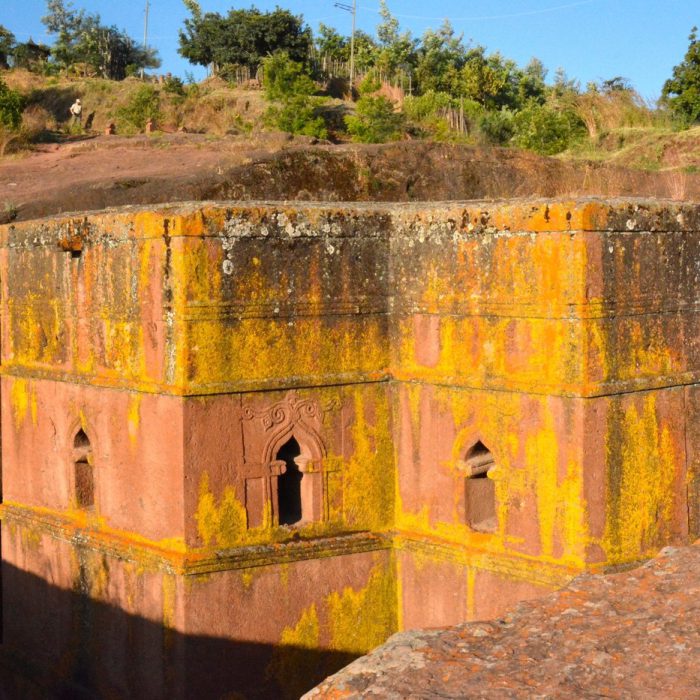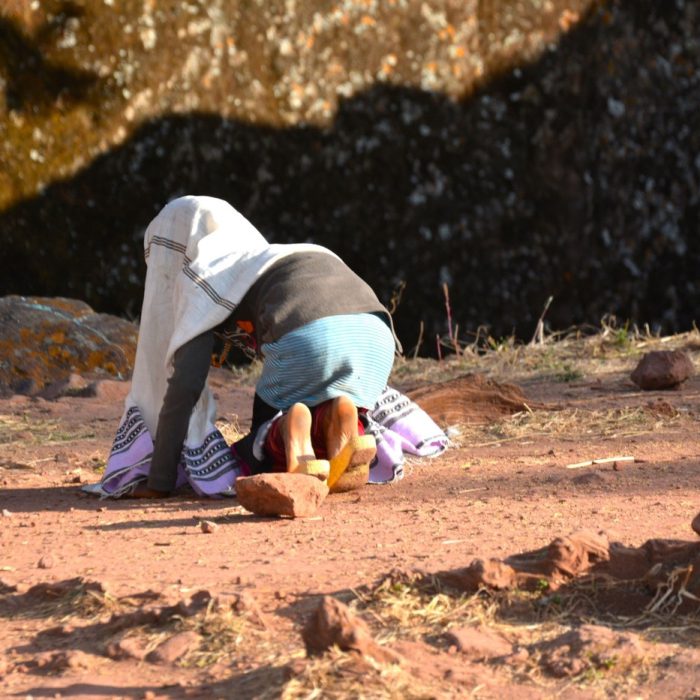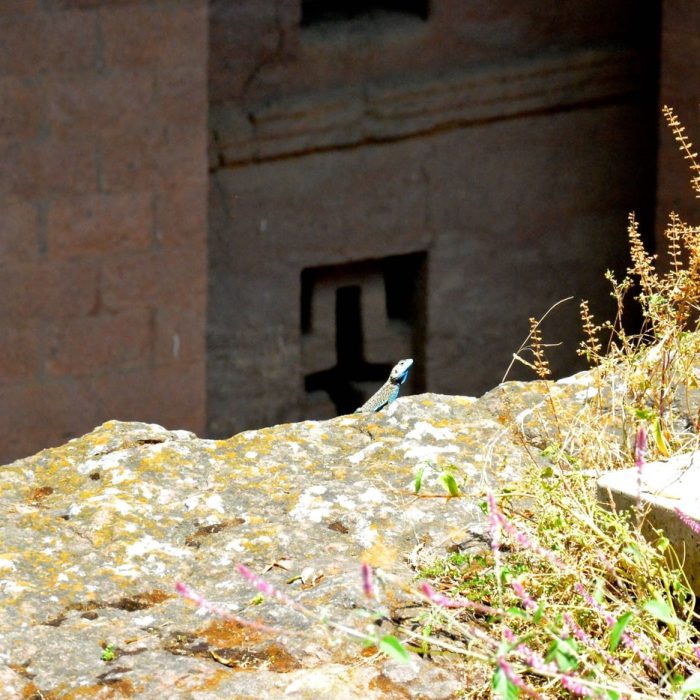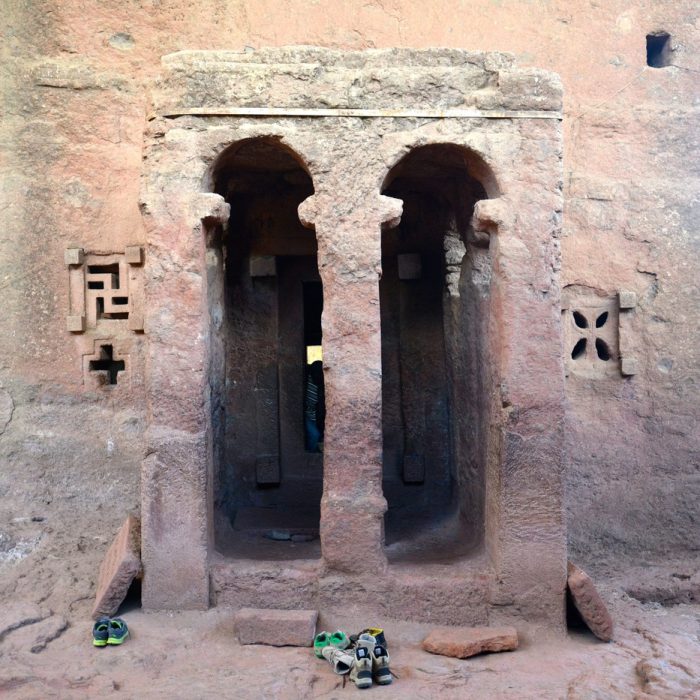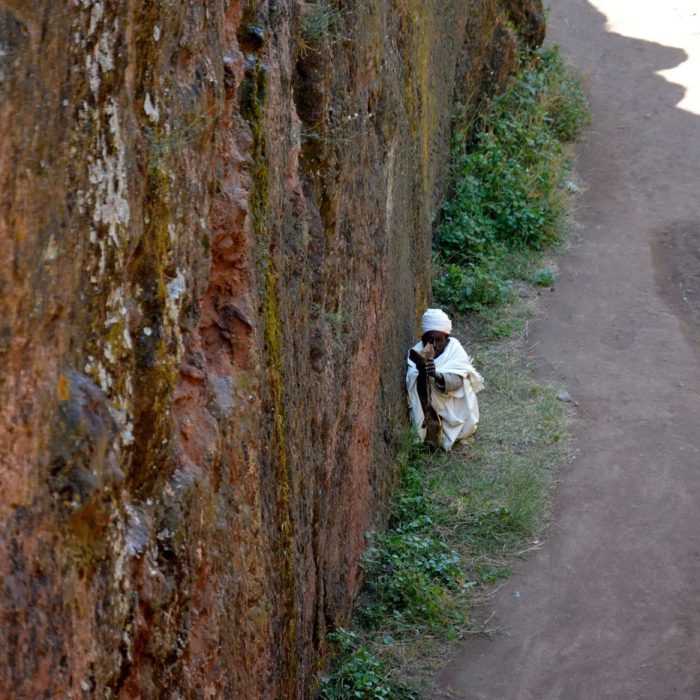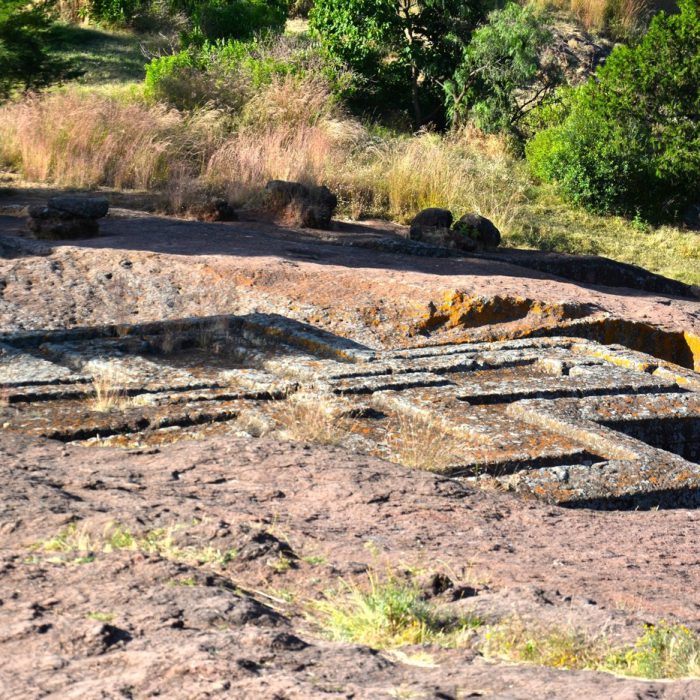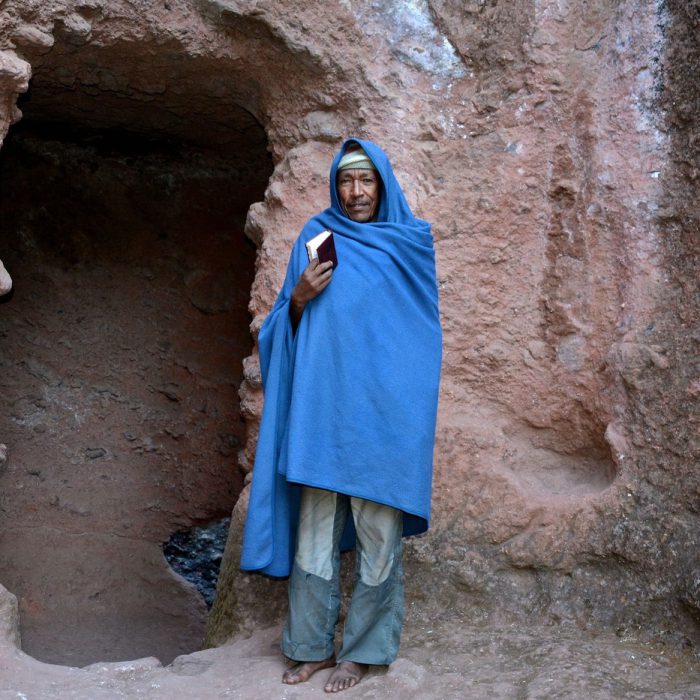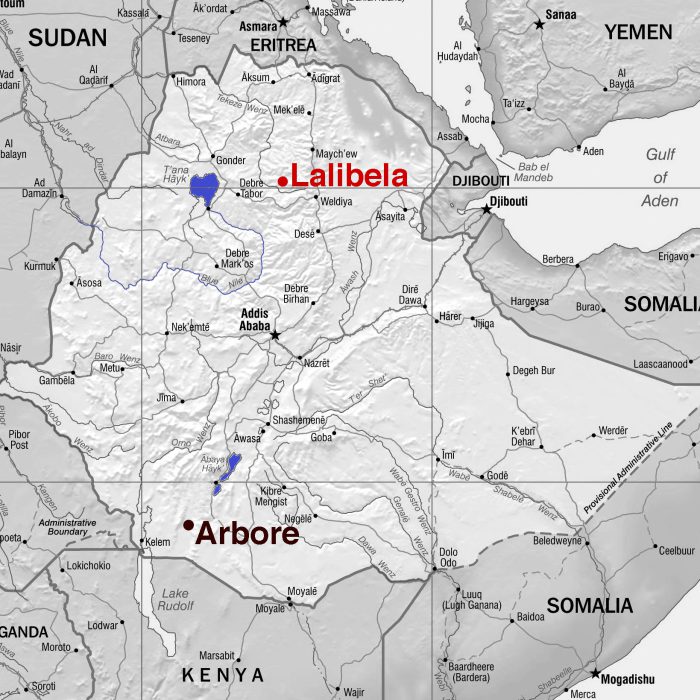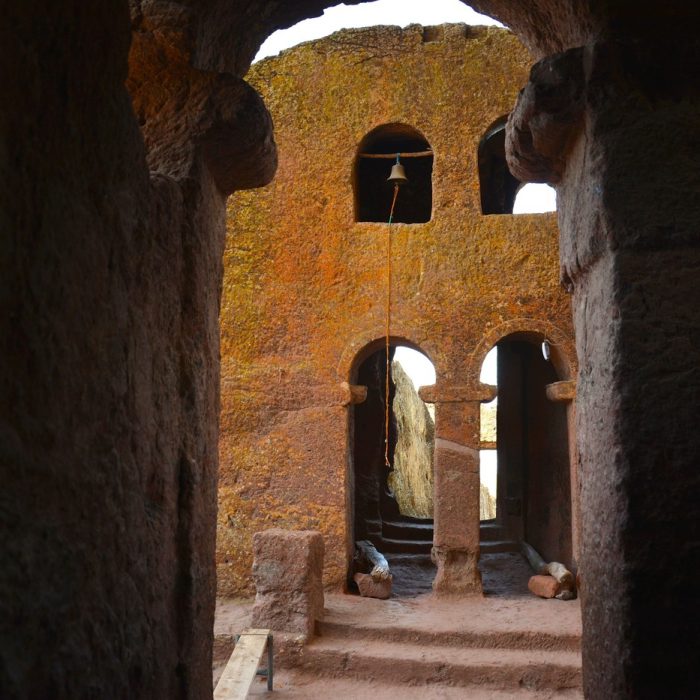A different Ethiopia
Water and Churches
The first thing I ever saw of Ethiopia was Addis Ababa. That was in 1993, shortly after the referendum on Eritrea's sovereignty and so shortly after the end of 30 years of civil war. The atmosphere on the streets was amazing - exuberant and peaceful both at the same time.
My next stop was Arbore, about 700 km southwest of Addis. Solely the landscape and climate in the East African Rift Valley were completely different from those in the highlands. Also the people - their language, their behavior and their views - were completely strange to me at the beginning. But after 3 months I had acclimatized and thought that everywhere in Ethiopia must be like in Arbore. One God, one water, one way of life.
Of course, this is not true. Many places in Ethiopia are rich of water, different religions live close to each other and biographies can be very different. However, this Ethiopia is the other one for me, not the typical one. For me, Arbore is the real Ethiopia.

What is typically Ethiopian?
Churches, lakes and crocodiles
The City of Forty Springs is located between Lake Abaja and Lake Chamo. When I'm here, I have done half of a journey. Coming from bustling Addis, I enjoy the peace and harmony of this small town. Coming from Arbore, it is the diversity - of landscapes, people and religions - that invigorates me. This city can do both. It can relax as well as speed up. The best way to do that is in a small restaurant, with the view of a lake, listening to the stories of crocodiles.
Bahir Dar
A sea with islands with churches....
The capital of Amhara province is located on the shore of Lake Tana, the largest lake in Ethiopia. The lake looks like a sea. Many small churches can be found on its numerous islands. Often their purpose is not immediately apparent from the outside. Inside them are unexpectedly colorful paintings. Good and evil can be easily distinguished on them - the evil has only one eye.
Nilfalls
A shower in the spray
With each step, the roar gets louder. Then I see the waterfall. It is said to be only moderate now, because the rainy season was only moderate, too. The Abbai meanders brown and the water falls bubbling down the rock. Blue Nile - no way! Together with the other visitors I slither down the muddy slope. Arrived at the cliff edge some Ethiopians use the spray blowing over for a quick shower.
Lalibela
Monoliths
In the 12th century, King Lalibela had chiseled out of the rock in the highlands of Abyssinia eleven churches. He thereby demonstrated his bond to the Holy Land and Christianity. Standing in front of these churches today and knowing that they were hammered and scraped out of the in just a few decades with sheer muscle power makes everyone speechless.


